Overview of .NET 7
The .NET version has been released. In this article, I’m going to give you an overview of what’s in .NET 7, and I’m going to go over the support life cycle of this version
Changes in .NET 7
First we are going to discuss that what are some of the changes in .NET 7 and C#11
I have pulled out just a few of the ones that I think are pretty important
1. Regex Improvements
The first are regular expression improvements, which are some things that make regular expressions a little better in.NET 7, and this is in addition to general speed improvements.
.NET 7 is faster than.NET 6, which is faster than.NET 5, which is faster than.NET 3.1; however, we have some new features, such as regular expression improvements.
We have some minor changes for simplified link ordering, but it is a nice feature enhancement.
3) Reflection Improvements
We have made improvements in reflection. I will try to write a separate article on reflections and how it’s made reflection better in .NET 7
4) App Trimming Improvements
If you are unfamiliar with what you can do when you build your application, for example, if you want to have a self-contained application, you can trim out everything you don’t need and all the.NET components that aren’t relevant to your particular application, which results in a smaller application and a smaller exe/dll file. You can also trim based upon which exe/dll is using that dll
5) Nanoseconds in Date Time
There are some improvements in Date Time where we have the ability to get microsecond and nanosecond values, as well as a few others, so that allows for more specific timing
values coming out of the datetime object.
6) Memory caching Improvements
This is specifically in the asp.net core section, but this is an improvement in how we do memory caching.
We could already create zip files inside.NET, but now we can also create tar files. If you need a tar file for a Linux distribution or for any other reason, we can easily create one for you.
8) Blazor Changes
Blazor has undergone numerous enhancements. MVC and Razor pages are also updated, but they are more feature-complete than Blazor, which is still receiving a lot of new content. Blazor is sort of an area where there is more focus, but that does not mean that they are not. In order to put more things on the screen more quickly and view a responsive website, Blazor web assembly also has a loading progress bar, bind after in Blazor, and virtualization improvements. We employ these features on the suggestion site. A passing state is a completely different matter. enhancements to custom parts, and Blazor has a lot of cool features.
9) Minimal API improvements
APIs in general, and minimal APIs have improved. There is middleware for rate limiting and output caching. In minimal APIs, file uploading is possible, the open API has been improved, route filter handling has been improved, and dependency injection has been improved. Additionally, there are a few things in Asp.net Core generally, such nullable models for MVC and Razer Pages. When it comes to.NET 7, there are many changes, especially in the API space.
And there are lots more changes……
I have listed the things that I think are most relevant for most people to just dive right into. Things that everybody can probably take advantage of right away in their code So check the changes in .NET 7 there is really great stuff
Support of .NET 7
Let us now discuss the support window because there is always the question: “Okay, great, I want to learn the latest and greatest stuff in “.net 7,” but should I even bother with it in business?” .NET 7 or wait and skip it
So let’s talk about this because there is some confusion about the two types of.NET versions.
So.NET 7 is now called a “Standard Term Support” (STS) version, which means it has support for 18 months. This is short term support. now does that mean it’s not supported? no it is fully supported and fully production already, you can use in production, you can use it in a real application and yes it is fully supported by Microsoft. its just that the support window is 18 months and it is the shorter version
Microsoft has another concept of “Long Term Support” and that’s .NET 6 currently still has a long-term support. A log term support of .NET is supported for a total of 3 years which means at this point because .net6 was releases in November of 2021 so .NET 6 still has 2 years of support left and if you notice the pattern that there is an LTS every 2 years an there is a STS every 2 years
So .NET 6 is the LTS which means .NET 8 will also be the LTS and the idea there is if you want to take the slower upgrade route meaning that if you don’t upgrade as often then you would upgrade on the LTS versions so you did upgrade it on .NET 6 and than you did be waiting right now until .net8 came out and you start a year process of moving to .net 8 while still under Microsoft support now
Now you do not have to use .NET 6 only through the 3 years, you could use it beyond that if you wanted to it just goes out of support from Microsoft
So the recommendation is to stay within a supported version, of which at any one time you will have two or potentially three that they are supporting, so right now we have two .NET 6 and .NET 7 .NET 5 is no longer supported by Microsoft, you can still use it but it is not supported by Microsoft .
But after .NET 7 release the biggest question you might have that should you upgrade to it from pervious versions or not. So according to me is it depends on many factors for e.g. what your organizational values are and how big your application is how long it is going to take to upgrade to .NET 7. I can say that the process of upgrading from .NET 6 to .NET 7 is not difficult but that doesn’t mean that you do not have to do lots of testing done. This is also applicable to all your dependencies. The more dependencies you have in your application, the worse off your application is going to be because you have to make sure that all your dependencies move to the next version before you move your application, and that creates a cascading problem that is difficult to manage. so less the dependency you have in your application that fast you can upgrade to the next new version
But it is completely up to you to stick with the .net6 or you want to move to .NET 7 because both are fully supported and production ready versions
Next LTS is set for .net8 in November 2023
So again I make it clear that both LTS and STS are fully supported production ready versions
There is only difference is 3Years versus 18 months for support
If you have Comment or Suggestion please let me know in the comment section or mail me @ [email protected]





3 Responses
[…] you like this article also have a look @ .NET 7 Overview article where you can find the Changes and Support Cycle of […]
[…] you like this article also have a look @ .NET 7 Overview article where you can find the Changes and Support Cycle of […]
[…] you like this article also have a look @ .NET 7 Overview article where you can find the Changes and Support Cycle of […]